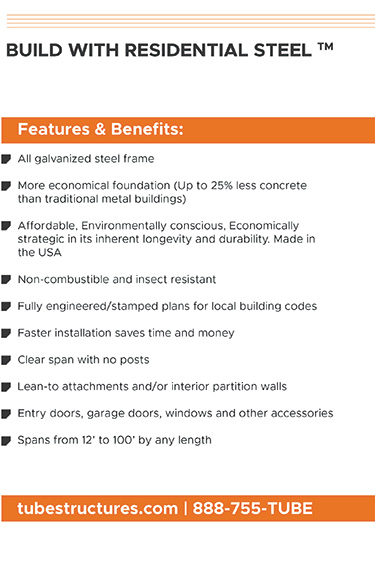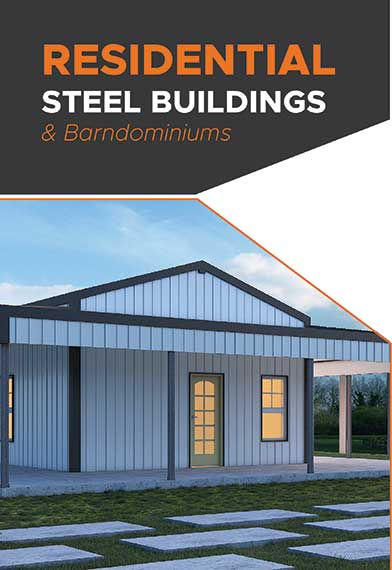MCA releases metal flashing standard
- November 23, 2020
- Posted by: Alan Hageman
- Category: News

The Metal Construction Association (MCA) released a standard for testing the performance of metal flashings used with metal roofing systems. The standard, ANSI/MCA FTS-1-2019, “Test Method for Wind Load Resistance of Flashings Used with Metal Roof Systems” is available now on MCA’s website, www.metalconstruction.org.
Metal roofing systems of all types have proven to perform well in high winds. Properly detailed and installed, metal roofing typically withstands the forces of nature. However, when a roof failure does occur, flashing failure can contribute to the event. In response, the MCA launched an initiative to create the standard.
“Hundreds of roof failures due to high winds have been investigated,” says Bob LeClare, director of perimeter edge metal business at ATAS International. “These include hurricanes Charley, Ivan, Katrina, Ike and Irma. In every one of the these reports you will find that metal flashing failures are cited as a leading cause of roofing system failures.”
Flashings are fabricated sheets of aluminum, copper, steel, zinc or other metals used to help weatherproof a building. For low slope roofing, flashings are at the perimeter of the roof; on steep slope roofs they’re at eaves, gables, hips, and ridges.
“The locations of these flashings are also where the highest wind uplift pressures occur, so it’s critical that they’re designed, manufactured and installed to resist those higher wind pressures,” says LeClare.
The standard consists of four key sections: Test Apparatus, Test Specimen, Loading Procedure and Test Report. MCA will be proposing that testing metal roof flashings per this standard be included in the next version of the International Building Code (IBC) in 2024. Meanwhile, the standard is available to specifiers and manufacturers of metal roof systems to assure proper performance of the edge flashings with metal roof systems and assemblies.


